How to Select & Install Perspex Sheets for Wall Cladding & Partitions
Perspex sheets, also known as acrylic sheets, have become a popular choice in modern construction and interior design. From wall cladding in homes and offices to partitions in commercial spaces, Perspex offers a versatile, durable, and aesthetically appealing solution. This guide will walk you through everything you need to know about selecting, preparing, and installing Perspex sheets for walls and partitions.
What Are Perspex Sheets?
Perspex is a brand of acrylic sheets, widely known for its clarity, strength, and adaptability. Unlike glass, Perspex is lightweight, shatter-resistant, and can be easily cut, drilled, and shaped, making it ideal for interior and exterior applications.
Key Properties
-
Transparency: Can be crystal clear, frosted, or colored
-
Durability: Resistant to moisture, UV rays, and impact
-
Lightweight: Easier to handle and transport than glass
-
Customizable: Available in various thicknesses, colors, and finishes
Common Specifications
Perspex sheets come in standard sizes such as 1220×2440 mm (4’x8’) with thickness ranging from 3mm to 12mm, depending on the intended application. Thinner sheets are used for decorative panels, while thicker ones are suitable for structural partitions or heavy-duty cladding.
Uses of Perspex Sheets in Wall Cladding and Partitions
Perspex is extremely versatile, allowing designers and builders to create functional and visually appealing surfaces.
1. Wall Cladding
-
Ideal for accent walls, feature walls, and decorative panels.
-
Provides a modern, glossy finish that enhances interior aesthetics.
-
Easy to clean and maintain, making it suitable for kitchens, bathrooms, and offices.
2. Room Partitions
-
Commonly used in offices, commercial spaces, and clinics.
-
Frosted or tinted Perspex sheets maintain privacy while allowing natural light to pass through.
-
Lightweight panels reduce construction time and cost compared to traditional drywall.
3. Decorative & Functional Applications
-
Can be cut and shaped for frames, shelves, and signage.
-
Often combined with LED lighting to create illuminated walls or partitions.
-
Suitable for both residential and commercial projects.
Selecting the Right Perspex Sheet
Choosing the correct Perspex sheet ensures durability, functionality, and aesthetics.
Thickness Selection
-
3–6 mm: Decorative wall panels or low-impact areas
-
6–10 mm: Standard partitions or medium-duty cladding
-
10–12 mm: Structural partitions or heavy-duty installations
Finish & Color
-
Glossy: Modern, reflective look, easier to clean
-
Matte/Frosted: Offers privacy, hides fingerprints, and softens light
-
Colored/Translucent: Adds design appeal while allowing light diffusion
Size & Handling
-
Standard 4’x8’ sheets are ideal, but custom sizes are available.
-
Large sheets require extra support during installation to prevent cracking or bending.
Edge Finishing
-
Smooth or polished edges enhance aesthetics.
-
Options include beveled, flame-polished, or mechanically polished edges for a professional finish.
Preparing for Installation
Before installing Perspex sheets, proper preparation is crucial for a flawless result.
Surface Preparation
-
Ensure walls or frames are clean, dry, and level.
-
Remove old paint, nails, or uneven patches.
-
For partitions, ensure frames are sturdy and well-aligned.
Tools & Materials
-
Perspex sheets
-
Measuring tape and pencil
-
Spirit level
-
Drill with acrylic-compatible bits
-
Screws, standoffs, or acrylic adhesive
-
Rubber spacers or washers
-
Protective gloves and eyewear
Cutting and Drilling Perspex Sheets
Cutting
-
Use a fine-toothed saw, circular saw, or laser cutter.
-
Support the sheet from underneath to prevent cracking.
Drilling
-
Pre-drill slightly larger holes than the screw diameter.
-
Avoid drilling too close to the edges to prevent stress fractures.
Installation Methods
1. Adhesive Installation
-
Suitable for wall cladding where a seamless finish is desired.
-
Use a Perspex-compatible adhesive applied evenly.
-
Press the sheet firmly and use spacers to maintain uniform gaps.
-
Allow 24 hours for full curing.
2. Screws and Standoffs
-
Ideal for partitions or removable panels.
-
Pre-drill holes along edges (avoid corners).
-
Use rubber washers between screws and the sheet to prevent cracking.
-
Gradually tighten screws to secure the panel.
3. Framing Installation
-
Install sheets in metal or wooden frames for extra stability.
-
Use clips or channel profiles to secure edges.
-
Allows for easy replacement or movement of panels.
Finishing Touches
-
Wipe with a soft, non-abrasive cloth.
-
Avoid ammonia-based cleaners which can cause clouding.
-
Inspect alignment and gaps for a professional finish.
Maintenance Tips
-
Dust and clean regularly to maintain clarity.
-
Avoid sharp or heavy objects that may scratch or crack the sheet.
-
Periodically check screws, standoffs, or adhesive points for stability.
Quick Tips for Best Results
-
Always measure twice and cut once.
-
Use rubber washers or spacers to prevent stress points.
-
For large sheets, work with a partner for safe handling.
-
Frosted or tinted sheets are ideal for privacy while maintaining natural light flow.
Conclusion
Perspex sheets are a versatile and durable solution for wall cladding and partitions. They offer an attractive finish, easy maintenance, and customizable options that suit a wide range of residential, commercial, and industrial projects. By carefully selecting the right thickness, finish, and installation method, you can achieve professional results that last for years.
For high-quality Perspex sheets delivered directly to your site, BHD offers a wide range of premium Perspex and polycarbonate solutions in Nairobi and across Kenya.
Contact us today to discuss your project and get expert advice on the best Perspex solutions for your walls and partitions:
-
Call/WhatsApp: +254 731 217 462 | +254 704 606 131

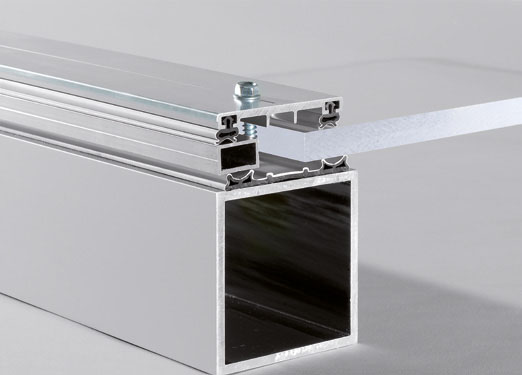

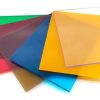
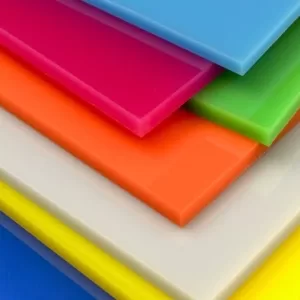
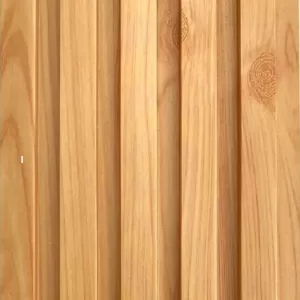

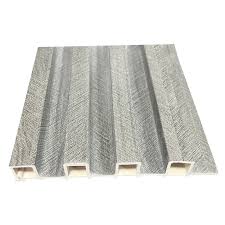
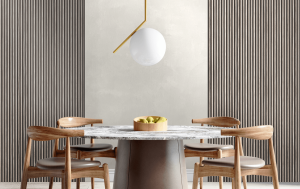
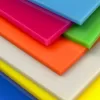
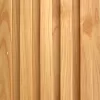

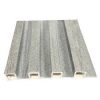
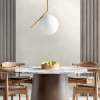
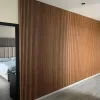
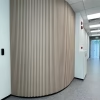
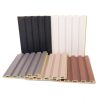
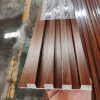
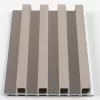


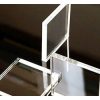






Leave a reply